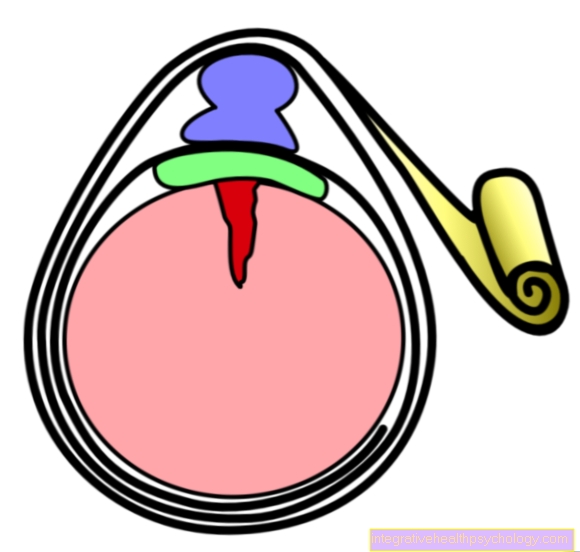Foods with folic acid
introduction
Folic acid is a vital vitamin that is essential for cell formation. The body absorbs it from food in what are known as folate compounds. However, these are heat-sensitive and water-soluble. There is a particularly large amount in green leafy vegetables and animal innards - especially in the kidneys and liver. However, much of it is lost through frying or boiling. Since sufficient intake is difficult, folic acid is available as a dietary supplement for deficiencies and pregnancies in which there is an increased need.
Read more on the subject at: Folic acid deficiency

These foods are folic acid donors
-
Offal mainly kidney and liver
-
Leafy vegetables
-
Kale and Brussels sprouts
-
Legumes (chickpeas, lentils, peas)
-
nuts
-
asparagus
-
Wheat bran
Table with folic acid values
The following values refer to the folic acid content per 100 grams.
Vegetables:
Kale - 190 µg
Lamb's lettuce - 145 µg
Leeks - 110 µg
Spinach - 145 µg
Asparagus - 108 µg
Cauliflower - 125 µg
Brussels sprouts - 182 µg
Beetroot - 85 µg
Broccoli - 111 µg
Carrots - 55 µg
Fruit:
Cherries - 52 µg
Sour cherries - 75 µg
Strawberries - 45 µg
Grapes - 43 µg
Honeydew melon - 30 µg
Raspberries - 30 µg
Legumes:
Peas - 155 µg
Lentils - 170 µg
Soybeans - 250 µg
White beans - 190 µg
Kidney beans - 130 µg
Chickpeas - 340 µg
Peanuts - 170 µg
Grain:
Edible bran - 195 µg
Oatmeal - 88 µg
Crispbread - 87 µg
Quinoa - 184 µg
Rye (whole grain) - 140 µg
Offal and meat:
Pork liver - 136 µg
Liver pate - 60 µg
Beef kidney - 170 µg
Others:
Brie - 65 µg
Egg - 67 µg
Camembert - 44 µg





























.jpg)